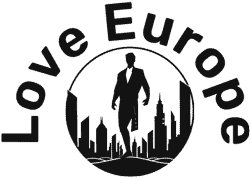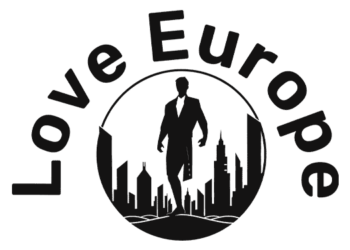Slovenias Transformation After World Struggle I
Within the aftermath of World Struggle I, Slovenia, as soon as a area of the Austro-Hungarian Empire, skilled a profound transformation because it turned a key element of the newly shaped Kingdom of Serbs, Croats, and Slovenes (later generally known as Yugoslavia). This transition introduced vital political adjustments, as Slovenia’s allegiance shifted from a European empire to a extra numerous and multi-ethnic state. The early years of this new identification had been marked by a battle for political depiction and cultural autonomy, as Slovenes sought to carve out their place in a bigger nationwide framework. This era additionally spurred a way of nationwide consciousness, leading to elevated curiosity in literature, training, and the humanities throughout the area.
Economically, the post-war period in Slovenia prompted a shift from agrarian practices to a extra industrialized economic system, significantly in city areas like Ljubljana and Maribor. The economical progress resulted in a number of essential adjustments, together with:
Industrial Development: increasing sectors akin to textiles, manufacturing, and mining.Infrastructure Improvement: Improved transportation networks and public providers.Social Change: Urbanization led to elevated migration and a various labor power.
this evolution in the end laid the groundwork for Slovenia’s enduring quest for sovereignty, culminating in its vital position inside Yugoslavia and the eventual pursuit of independence within the Nineteen Nineties.
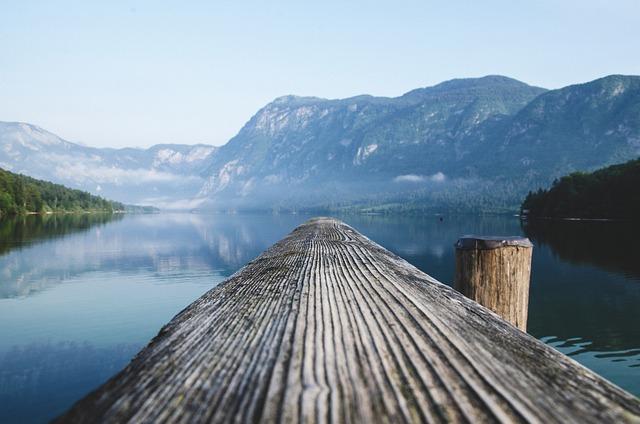
The Position of Slovenia within the Yugoslav Federation
Slovenia’s journey throughout the Yugoslav Federation was marked by a gradual assertion of its nationwide identification, amid the complexities of a multi-ethnic state. After world Struggle I, Slovenia was amalgamated into the Kingdom of Serbs, Croats, and Slovenes, which later turned generally known as Yugoslavia. The preliminary years had been characterised by political instability and a battle for autonomy, prompting the institution of native governance buildings. As Slovenia emerged as an financial chief within the federation,its distinct cultural and linguistic attributes turned distinguished,additional fostering a way of Slovenian nationalism. Key occasions, such because the preservation of the Slovene language in training and media, performed a significant position in solidifying Slovenia’s nationwide consciousness throughout the Yugoslav framework.
All through its time within the federation, Slovenia additionally contributed considerably to Yugoslavia’s cultural and financial panorama. The area’s strategic geographical place nestled between the Alps and the Adriatic Sea allowed it to thrive in numerous sectors, together with tourism, agriculture, and manufacturing. Slovenia turned a hub for industrial growth,attracting buyers and providing employment alternatives. The next are among the notable options of Slovenia’s pivotal position within the federation:
Cultural Variety: The fusion of assorted cultural influences enriched Slovenian artwork,music,and literature.Financial development: Slovenia’s sturdy economic system helped maintain the general fiscal well being of Yugoslavia.Political exercise: Slovenia’s political leaders incessantly pushed for reforms that enhanced native governance.
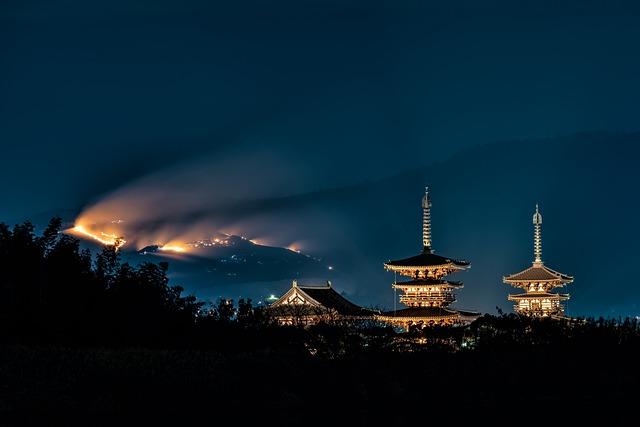
Cultural Heritage and Id By means of the Alpine Lens
The Alpine areas of Slovenia embody a wealthy tapestry of cultural heritage that has flourished by historic shifts,significantly after World Struggle I.This space just isn’t onyl characterised by its breathtaking landscapes but additionally by its distinctive mix of traditions that arose throughout the Yugoslavian interval.Distinctive architectural types, akin to Bauhaus and Alpine chalets, are evident in cities like Ljubljana, infusing modernity with historic depth. In distinction to the central city landscapes, rural areas retain manny folks customs, together with conventional music, dance, and crafts that mirror the group’s values and social construction. Key festivals, akin to Kranjska Gora’s Summer time pageant, function vibrant platforms for showcasing this cultural richness and selling native identification by artwork, delicacies, and heritage crafts.
Furthermore, the Alpine identification is intricately tied to native dialects and gastronomy, that are incessantly sufficient seen as markers of regional satisfaction.Native dishes, akin to štruklji (rolled dumplings) and potica (a conventional pastry), spotlight Slovenia’s agricultural roots and communal eating practices. The languaging of identification is deeply influenced by historic elements, with regional dialects providing perception into the Slovenian alpine group’s resilience and flexibility. Many individuals in these areas emphasize their connection to the land, signifying a continuity of cultural practices that assist fortify a way of belonging. by preserving these traditions, the Alpine communities of Slovenia navigate the complexities of contemporary identification whereas honoring their storied previous.
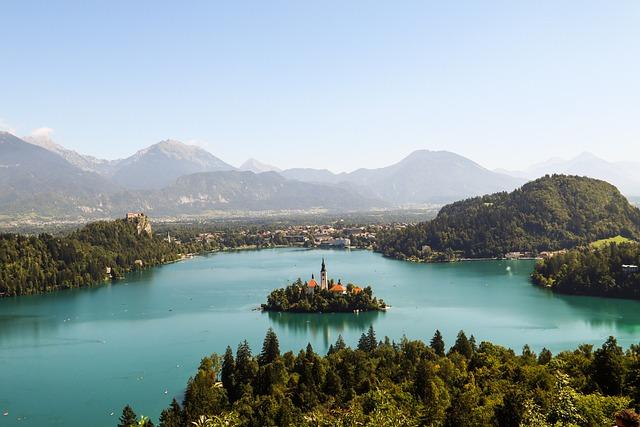
Financial Developments in Put up-Yugoslav Slovenia
The financial panorama of Slovenia within the years following the dissolution of Yugoslavia has been characterised by a notable transition from a centrally deliberate economic system to a market-oriented one. This shift has been marked by vital reforms geared toward privatizing state-owned enterprises and attracting overseas funding. Some key developments throughout this era embrace:
EU Accession: Slovenia joined the European Union in 2004,enhancing its commerce relationships and financial stability.Adoption of the Euro: In 2007, Slovenia adopted the euro, additional integrating its economic system with the remainder of Europe.Innovation and Know-how: Investments in training and analysis have fostered a rising tech sector, making Slovenia a hub for startups in Central Europe.
Regardless of reaching spectacular development and stability, the post-Yugoslav period has additionally offered challenges. The worldwide monetary disaster of 2008 uncovered vulnerabilities within the banking sector, resulting in vital authorities intervention. Listed here are some elements shaping Slovenia’s financial future:
Demographic Modifications: An getting older inhabitants is posing long-term challenges for labor markets and social safety programs.Inexperienced Economic system Initiatives: Slovenia is more and more specializing in lasting practices, aiming to place itself as a pacesetter within the inexperienced economic system throughout the EU.Regional Disparities: Financial development has not been uniform, with sure areas struggling to meet up with urbanized areas.yearEconomic Development (%)Unemployment Price (%)2010-1.28.520152.99.92020-4.24.920233.74.0
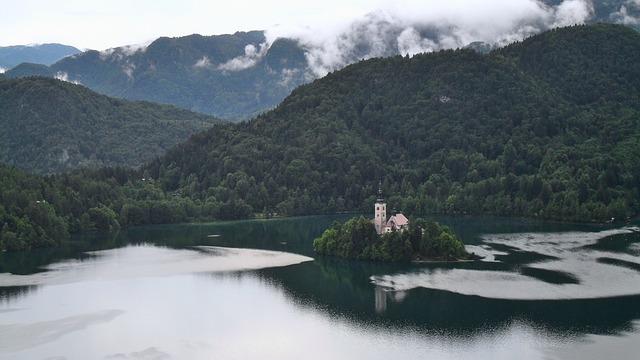
Exploring Slovenias Pure Landscapes and Alpine Tourism
Slovenia’s charming pure landscapes are a treasure trove for adventurers and nature lovers alike. The nation boasts a various vary of ecosystems, from the pristine waters of Lake Bled to the dramatic peaks of the Julian Alps.Guests can have interaction in numerous actions akin to mountain climbing, biking, and snowboarding, every providing a novel perspective of Slovenia’s breathtaking vistas. The attract of the alpine area is enhanced by its wealthy biodiversity, which incorporates uncommon plant species and wildlife flourishing in protected areas like Triglav Nationwide Park.
Furthermore, the intersection of alpine tourism and conventional tradition provides to Slovenia’s attraction. Vacationers can immerse themselves in native customs whereas exploring charming mountain villages, the place they’ll style genuine dishes like štruklji (rolled dumplings) and pattern famend wines from the encircling vineyards. To understand the total spectrum of experiences out there, right here’s a easy overview of fashionable alpine locations:
destinationMain AttractionActivitiesLake BledPicturesque Lake and IslandBoating, HikingJulian AlpsStunning Mountain RangeSkiing, ClimbingTriglav Nationwide ParkProtected wilderness Areawildlife Watching, HikingKranjska GoraYear-round ResortSkiing, Biking
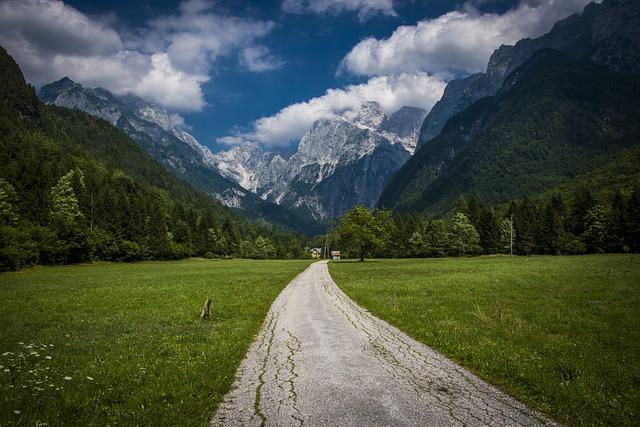
Understanding Slovenias Place in Fashionable European Dynamics
Slovenia, nestled within the coronary heart of Europe, has cast a definite identification since its independence in 1991. The nation advantages from a strategically advantageous location, serving as a bridge between the Balkans and Western Europe. This geographical positioning permits Slovenia to play a pivotal position in regional commerce and connectivity, linking nations like Austria, Italy, and Hungary. Moreover,Slovenia’s membership within the European Union and NATO accentuates its dedication to democratic values and collective safety,shaping its overseas coverage and enhancing its affect in European discourse.
Furthermore, Slovenia’s wealthy cultural heritage, stemming from its post-WWI historical past as a part of Yugoslavia, provides a novel layer to its fashionable european dynamics. The nation promotes a mix of Slavic,germanic,and Italian cultural influences,mirrored in its arts,delicacies,and traditions. As a member of the Eurozone, Slovenia has additionally adopted a secure foreign money, facilitating financial integration. The nation’s give attention to sustainability and environmental consciousness positions it as a pacesetter in ecological initiatives inside Europe, aiming to stability financial development with the preservation of its beautiful alpine landscapes.
Closing Remarks
slovenia’s multifaceted historical past from the aftermath of world Struggle I to its emergence as a key element of the previous yugoslavia presents a novel tapestry of cultural, political, and geographical narratives. As we navigate by the intertwined legacies of nationalism and identification, it’s evident that Slovenia’s Alpine area performs a essential position in shaping its character and economic system. The enduring impression of those historic milestones continues to resonate in modern Slovenia, influencing its path as an impartial nation in an more and more interconnected world. Understanding this backdrop not solely enriches our recognition of Slovenia’s struggles and triumphs but additionally highlights the complexities of european historical past within the twentieth century and past. As Slovenia continues to claim its identification on the worldwide stage, the teachings gleaned from its previous stay pivotal in informing its future.
Source link : https://europ.info/2025/03/07/slovenia/slovenia-post-wwi-yugoslavian-alpines-britannica/
Creator : EURO-NEWS
Publish date : 2025-03-07 09:26:00
Copyright for syndicated content material belongs to the linked Source.
